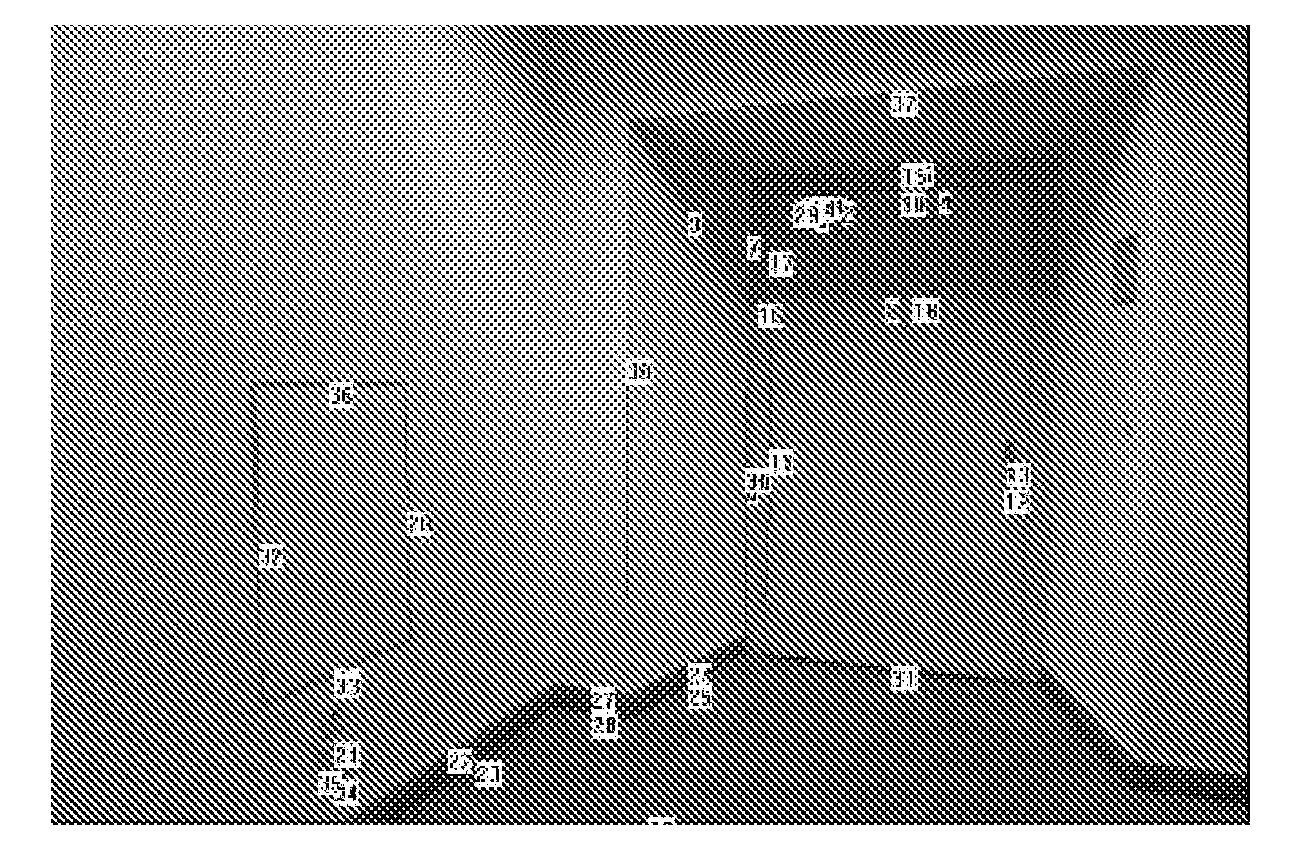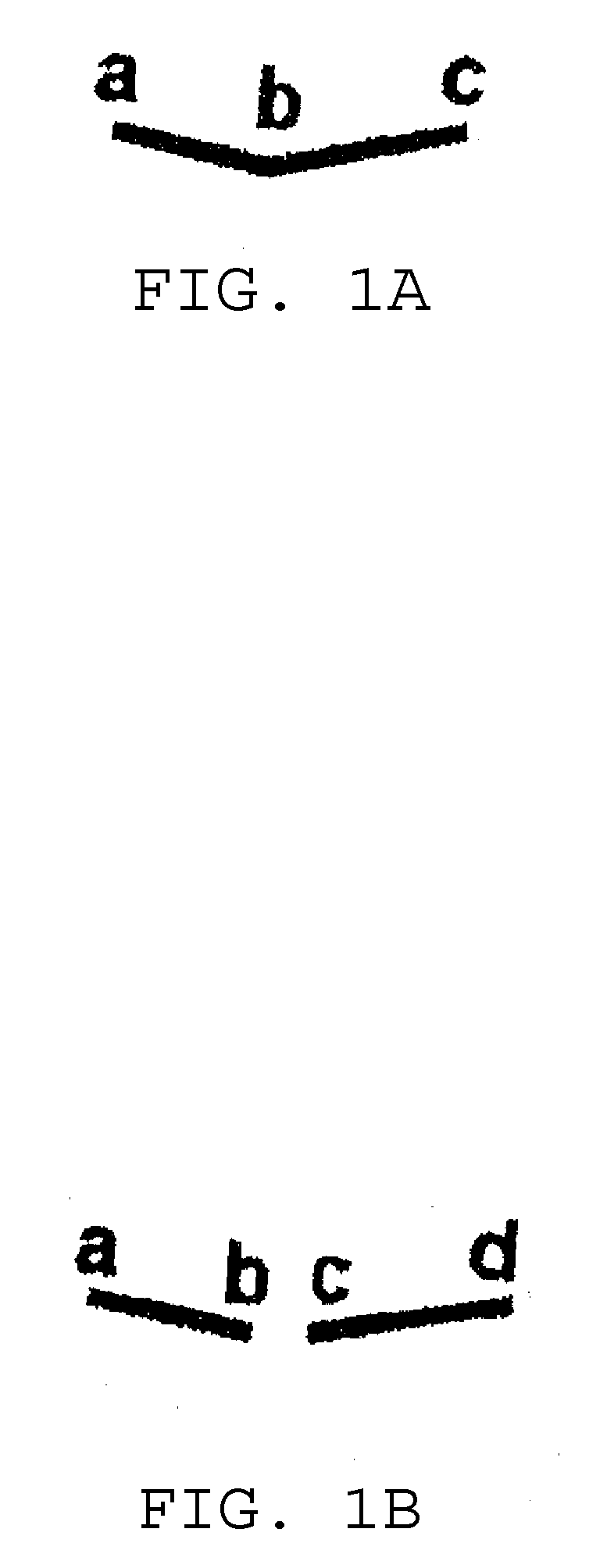Image matching using line signature
a line signature and image technology, applied in the field of image matching, can solve the problems of limited power to deal with non-planar distortion such as parallax change, the difficulty of most existing local features in matching images without rich texture, and the inability to include similar regions in two images with a fixed shape template, etc., to achieve the effect of improving performan
- Summary
- Abstract
- Description
- Claims
- Application Information
AI Technical Summary
Benefits of technology
Problems solved by technology
Method used
Image
Examples
Embodiment Construction
[0039]In one embodiment, an image represented by an array of pixels having intensity values is transformed into a plurality of line signatures by deriving line segments from the intensity values of the pixels, and generating the plurality of line signatures based on the line segments. Generating the plurality of line signatures is performed by designating a reference point for each of the plurality of line signatures and identifying a group of a line segments that are closest to the reference point.
[0040]In one embodiment the line segments are extracted from curves detected in an image. In one embodiment, the curves are extracted in the image by linking edge pixels detected with non-maximum suppression of gradient magnitude. Non-salient curves with the total gradient magnitude of their edge pixels below a threshold are removed. The curves are then divided into straight line segments.
[0041]Since no single scale (threshold on line fitting errors) can divide all the curves in two image...
PUM
 Login to View More
Login to View More Abstract
Description
Claims
Application Information
 Login to View More
Login to View More - R&D
- Intellectual Property
- Life Sciences
- Materials
- Tech Scout
- Unparalleled Data Quality
- Higher Quality Content
- 60% Fewer Hallucinations
Browse by: Latest US Patents, China's latest patents, Technical Efficacy Thesaurus, Application Domain, Technology Topic, Popular Technical Reports.
© 2025 PatSnap. All rights reserved.Legal|Privacy policy|Modern Slavery Act Transparency Statement|Sitemap|About US| Contact US: help@patsnap.com



